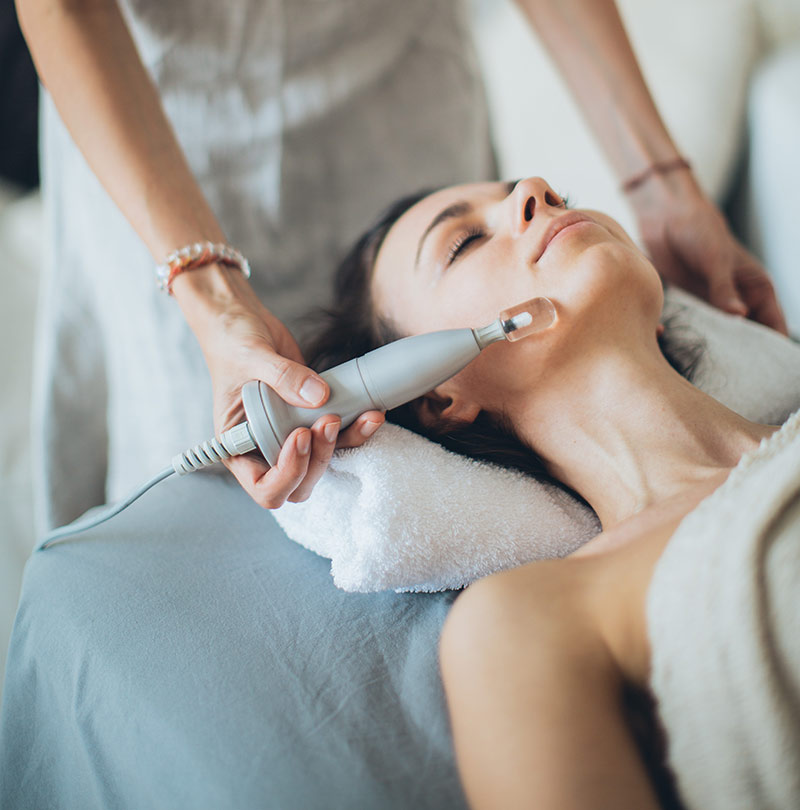
When you look into the mirror, it is very important that you are happy with the face that looks back at you. Many people don’t like the appearance of loose, saggy skin, which can occur due to the natural aging process or recent weight loss. Luckily, we provide many different skin tightening procedures at our offices in Manhattan and Long Island, New York Cosmetic, Skin & Laser Surgery Center.
Our double board-certified dermatologist and laser surgeon, Dr. Cameron Rokhsar, understands that his clients are looking for smooth, youthful-looking skin. He is highly experienced in achieving great results without surgery.
What laser treatment is best for skin tightening?
The devices that are used to treat saggy skin without surgery use the heat generated by radio frequency waves to operate. The heat contracts the skin and re-tightens the collagen protein found in the skin. This can rejuvenate the skin for a period of time, creating tighter and firmer results.
Thermage
One of the leading radiofrequency therapy methods is Thermage. It is well tested, as it has been on the market for over 20 years. Thermage is the procedure that Dr. Rokhsar started off using, but he has upgraded to more modern forms of treatment.
Ulthera
Ulthera utilizes focused ultrasound waves to generate heat on an area of skin, resulting in tightening. Sessions can be performed in our Manhattan office, often only taking 30 to 60 minutes per treatment. Patients can expect to see results after two or three sessions.
The best candidates for Ulthera are patients in their 30s or 40s who live a busy lifestyle and prefer to have no downtime.
ThermiTight
A personal favorite of Dr. Rokhsar is ThermiTight. With this treatment, Dr. Rokhsar will numb the skin and then insert a long, needle-like probe shallowly, just below the surface of the skin. As the collagen in the skin tightens, the patient’s temperatures are carefully monitored using a thermal camera.
The effects of ThermiTight are like that of a mini facelift and they last from three to five years. The best candidates for ThermiTight are those who are willing to undergo a small amount of swelling and downtime.
Microneedling
Many non-surgical skin tightening procedures are completely non-invasive, with no incisions or risk of scarring. A minimally invasive procedure that Dr. Rokhsar is well-experienced with microneedling.
Microneedling involves using needles to transmit the heat into your skin. A common example of a microneedling procedure is Morpheus8. Patients should take it easy for one to two days after the treatment and allow their skin to heal, although they may see redness for a few days after that.
Book Your Consultation Today!
Dr. Rokhsar will be happy to discuss your case and determine which skin tightening procedure is best for you. Give our New York office a call today!

 Dr. Rokhsar was chosen by
Dr. Rokhsar was chosen by 






